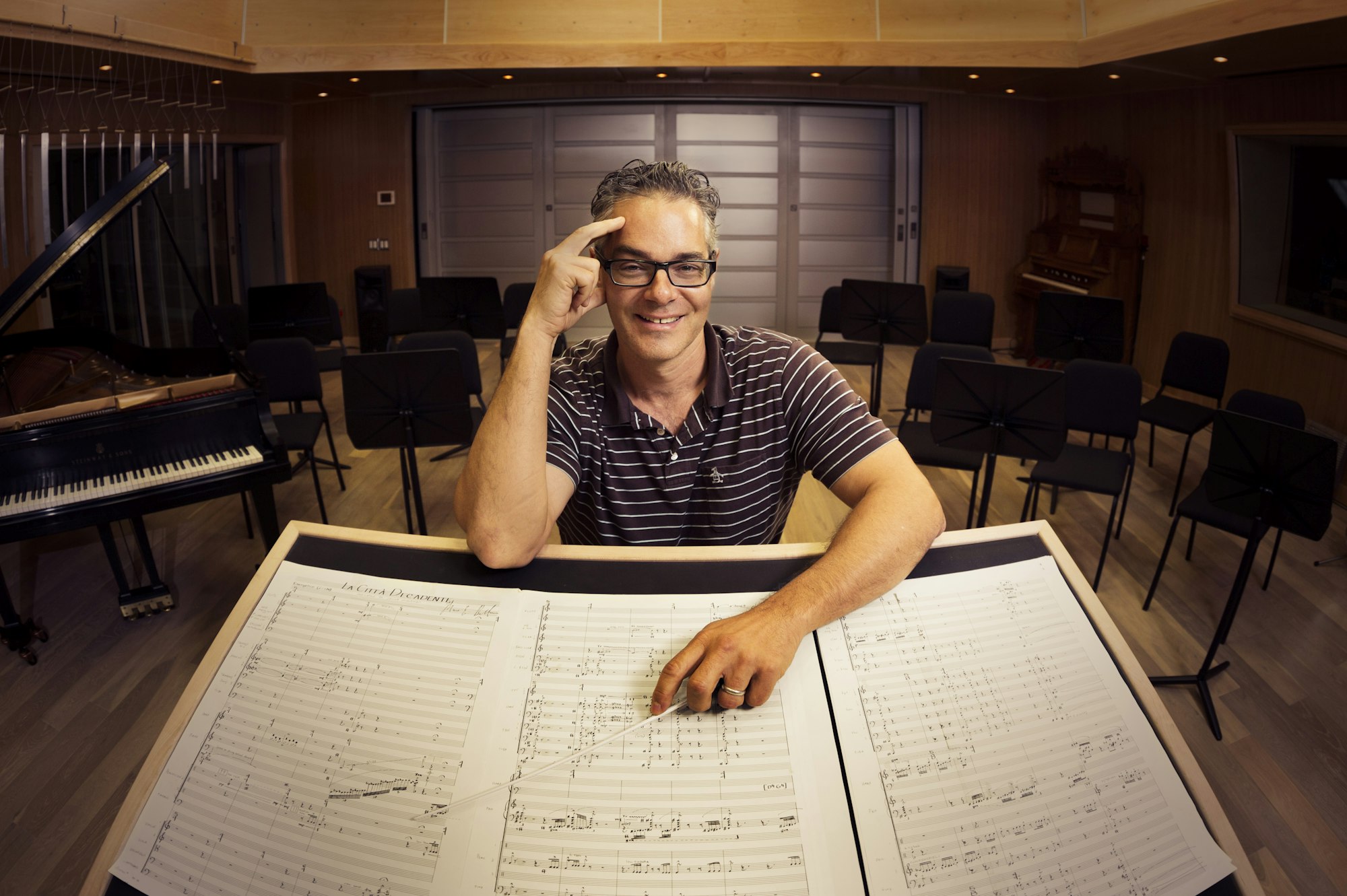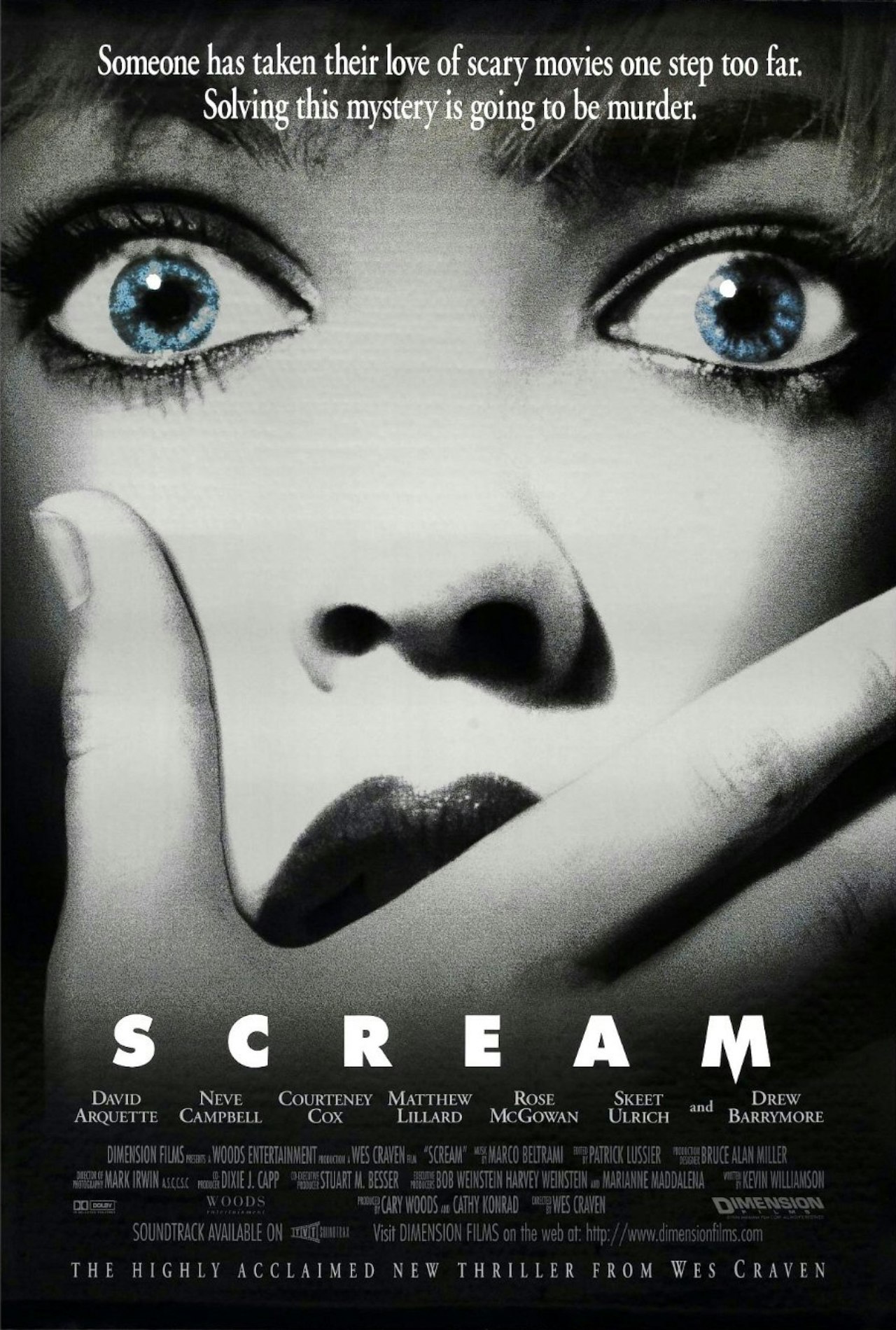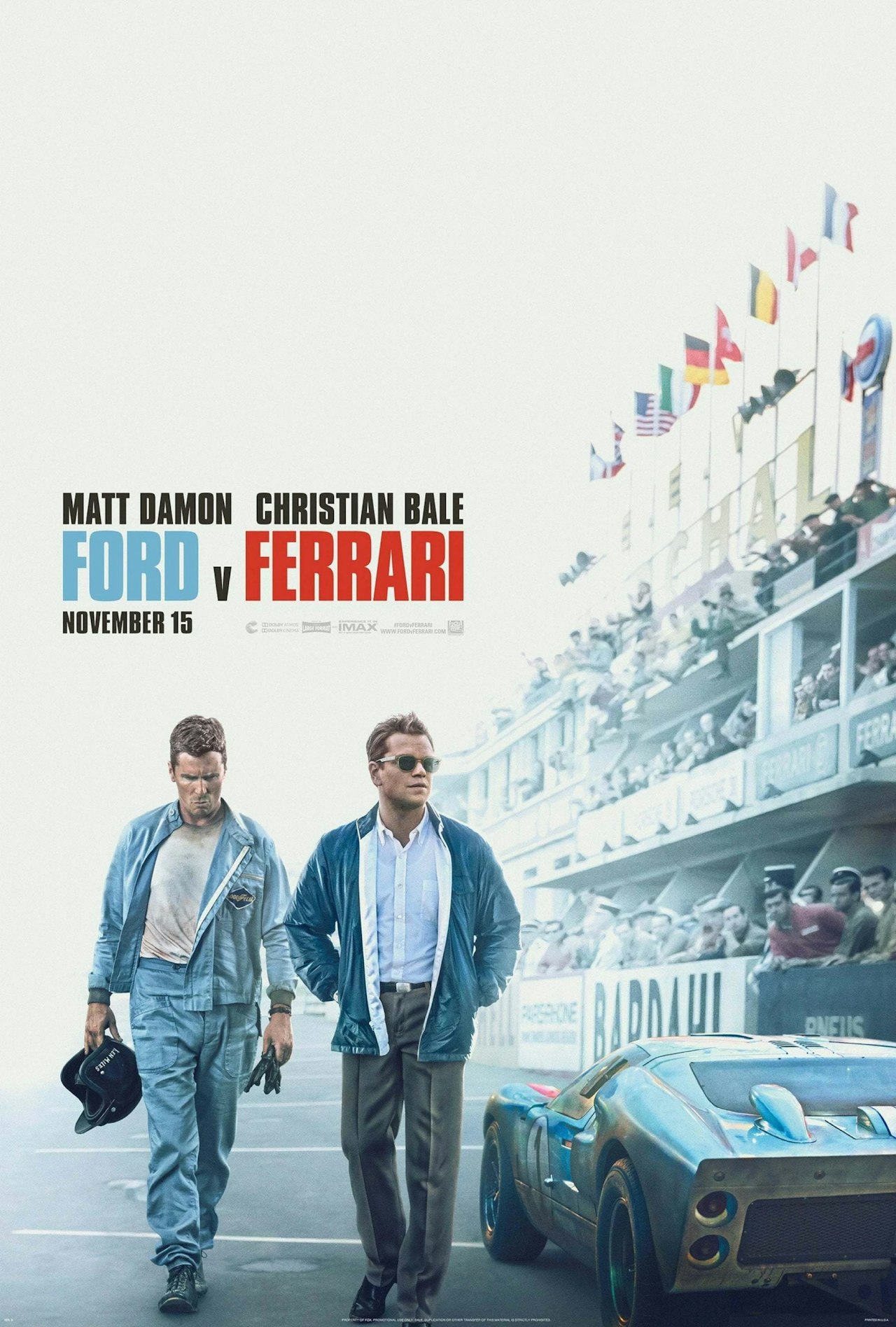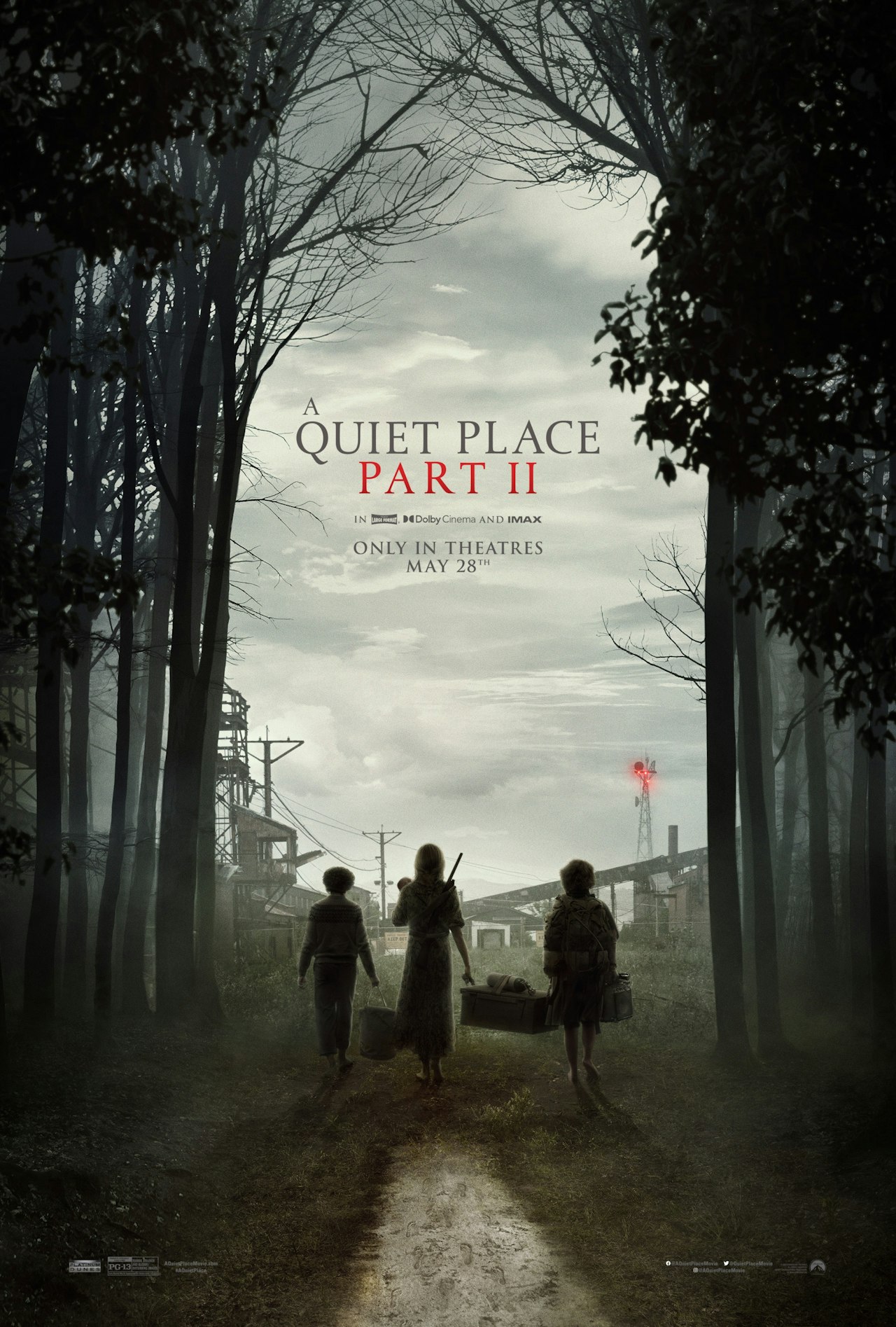Words by Ann Lee
Marco Beltrami has never been a fan of horror films. But ever since he started working with the late director Wes Craven on the Scream franchise, he has become Hollywood’s go-to composer for shock and gore. Not that he minds. “So be it," he says over Zoom. "It's a path that chooses you."
The American musician, 54, is wildly prolific with more than 140 TV and film credits to his name including Hellboy, I, Robot, The Wolverine, Long Shot, and Snowpiercer. Not to mention two Oscar nominations for The Hurt Locker and 3:10 to Yuma.
Guillermo del Toro, Kathryn Bigelow, John Moore, Robert Rodriguez, and James Mangold are some of the filmmakers who have been drawn to his ability to make music that is as elegantly refined as it is audaciously experimental. He sees the potential for creating sound in the most unlikely of objects. While scoring World War Z, he turned javelina (a type of wild pig) skulls into instruments.
Throughout his long career, Beltrami has switched effortlessly between genres but has always found his way back to horror. His latest project is A Quiet Place Part II, a sequel to the blockbuster 2018 hit directed by The Office star John Krasinski. Starring Emily Blunt, Cillian Murphy, and Millicent Simmonds, it follows a family's desperate fight for survival in a dystopian future where terrifying monsters attack if they hear sound.
It’s taken many years but Beltrami has finally gotten over his fear of scary films. “I used to be terrified,” he laughs. “It took me a while to settle down.”
What was the starting point for each composition? Did you watch footage beforehand or did you focus on a character's mood?
It wasn't a question of reinventing the wheel. The world was established from the previous movie and this was in the same vein. It was a question of how to enhance it and develop those ideas so that the emotional bonds could be even stronger. That's what makes both these movies so powerful and scary because you feel very much for the characters themselves. That was the impetus for most of the scenes in this movie.
One of the sounds that was new to this movie was the dissonance between the two pianos.
What were the main themes that you wanted to explore in the score this time?
Three themes that are used in the first movie are developed here as well. One being family. The original concept was that they've been isolated from all sound for a long time. That's why in the first movie, I used a piano where all the black notes were detuned a quarter-tone, just to give it a slightly skewed sound. In this movie, we took it a step further and took two pianos. One of them I kept in normal key, and one I detuned the entire piano down a quarter-tone.
Then there was a theme for the father, John's character, and the daughter [Simmonds], which plays originally during the father's death in the first movie. It comes back, sort of like her theme, her connection to her father.
Then the third thing is the sound of the creatures, and that's based more on processed sounds, acoustical instruments, rather than the more organic instrumental pieces of the other themes.

What was the process of composing the soundtrack like for you?
I did it all at my studio in Malibu. I worked with Buck Sanders on the electro-acoustic elements. We would record sounds, process them and talk about how they can be used. One of the sounds that was new to this movie was the dissonance between the two pianos and using that as a pulsing rhythmic element that could drive some of the intensity. Then having the scoring sessions. We brought in the strings, the brass, and percussion. We would send stuff through to the music editors. They would cut it in and play stuff for John.
It was right at the beginning of Covid. I am really curious to see the movie. Normally after it's all done, I go to a playback of the mix. I was supposed to go to New York and do that. But it was in February 2020 and I was hearing: ‘There’s this virus going on.’ I was like: ‘I don't really want to go.’ So I never heard the final thing. Who knows? Maybe the music's all played backward.
How has the music evolved from the first film?
The father-daughter theme, it's a very spare orchestration originally. It's just harp and piano harmonics. It’s very subtle. There's room for that theme to develop and become a bit more orchestral. The character’s development warrants it. She finds her strength at the end of the movie.
I did use some new instruments in this score. When Emily Blunt is in the vault, the family theme is being played on a flute, which we hadn't done before. There are a few orchestration changes, but for the most part, it's a similar environment.
Do you feel like the score has to work harder in a film that is about the importance of silence?
I'm not sure it has to work harder. I think that you have to be more careful about every little element of the score. Because when there's so much silence, as soon as there's any sound, it'll have a much bigger impact. Being aware of that led to slightly different choices. The way that you might come in with a cue, it might be more of a delicate entrance, or you want to build the element of suspense - very subtle little signs with a lot of space in between can be very effective. It’s a great opportunity to have such an open canvas where every sound is going to be under a microscope.
As you say, the score is very effective in building tension. How else did you create that?
I worked a lot with these rising tones, Shepard tones, and tempos that would change. The pacing of them would either speed up or slow down. That helps give a sense of anticipation and anxiety to the viewer. [I was] working closely with the sound effects people so that we weren't overlapping the same things, but working together to create a more unified approach. Making it a singular experience rather than fighting with what the sound world is. All those things helped to raise the tension level.
Which song on this soundtrack means the most to you?
The original inspiration for the family theme goes back to a couple of years ago when we started on the first one. John played me a Brian Eno cover of David Bowie's Heroes. Even though it doesn’t sound like it, that was the emotional inspiration. He felt that it resonated as an idea for both movies and an overarching theme. I'm most proud of that. It has different variations throughout the movie.

Did Krasinski play you any songs that he wanted as inspiration for this film?
He mentioned liking Arvo Pärt, a composer. That was a bit of an inspiration for the father-daughter theme. It's minimal.
What was the main challenge of working on this film?
Probably the distance. Not having John around. He was busy with other things. To me, the film scoring process is collaborative and I really like that. I like sharing ideas and hearing thoughts. Long-distance, it's always a bit of a challenge. I miss the more personal connection.
How did you create the sound for the monsters?
We took sources whether it was from the two pianos or string. We had a session where we just had some players record ideas. Then spending time processing it, adding different sonic layers, and manipulating it. That all became part of the sound of the monster.
We had wind wands. You can swing them around. They have these rubber bands on them that vibrate. When you change the pitch of them, it becomes a very guttural sound. We had these big metal plates in the studio. When you bow them you get all kinds of neat overtones. You could play them percussively as well. We created a template of non-orchestral sounds that we could rely on to create this world of monsters.
We had these big metal plates in the studio. When you bow them you get all kinds of neat overtones.
A lot of your work has been in horror. Why do you think your music works so well in this genre?
Probably because a lot of what I like to do is to explore extended techniques on instruments and interesting tambours, things that are not normally associated with ordinary classical playing. Just by the sonic nature of them, they lend themselves really well to the horror genre. A lot of the sounds can be viewed as being scary or creepy.
You have a very unique approach to sound production. What's the weirdest thing you've used to make a sound with?
Cactus thorns. In Tommy Lee Jones’ movie The Three Burials [of Melquiades Estrada], we found that we could pluck the thorns and they had very resonant pitches. We could record them and make percussion instruments out of them. That and being able to tune the wind are some of the more abstract non-instrumental ideas that became instruments.



You’ve also been busy working on the soundtracks for Venom: Let There Be Carnage and Netflix's Fear Street trilogy. What can we expect from those scores?
Well, Fear Street takes place in three different time periods. The first one is in 1994 and was really an homage to the Wes Craven Scream movies. The second one takes place in the seventies and was a throwback to Jerry Goldsmith and his great scores of the period, The Omen, and so forth. The third one takes place in 1666 and, oddly enough, that's probably the most modern because there is no template to follow. You could fool around more with sound design and this idea of temporal stuff and extended techniques. So that was a lot of fun.
Venom was a great experience. The challenge was that we had to record during Covid. So I attended the sessions remotely. It's not the best way to work but Andy Serkis is an amazing director and has so many great ideas. The movie is a lot of fun and the score is fun. Hopefully, that sense of fun will come through to the viewer as well.
You've worked with a lot of incredible directors. Who have you learned the most from?
Oh, that's a tough one because I've learned a lot from everybody. I've had really rewarding relationships with a lot of directors. Jim Mangold, Tommy Lee Jones, Bong Joon-ho, the list goes on.
I love this job because every director has their own personality and strengths. It enriches me in a unique way. It's not like I'm stuck for years on end working with the same person all the time. It's constantly moving. It really opens me up to seeing things in a new way. I feel really lucky.
